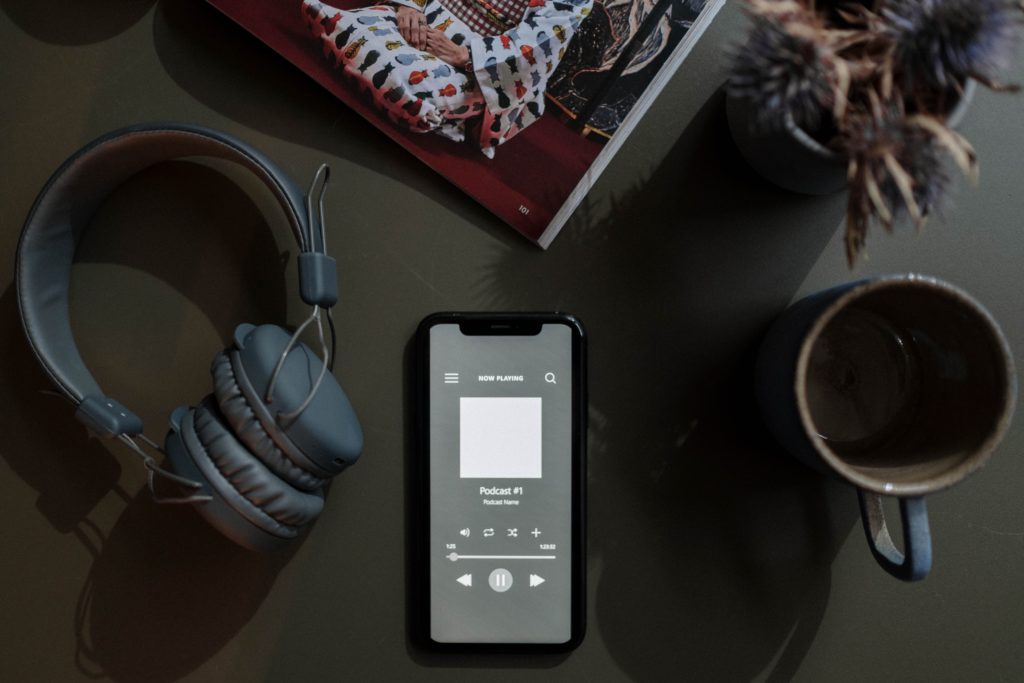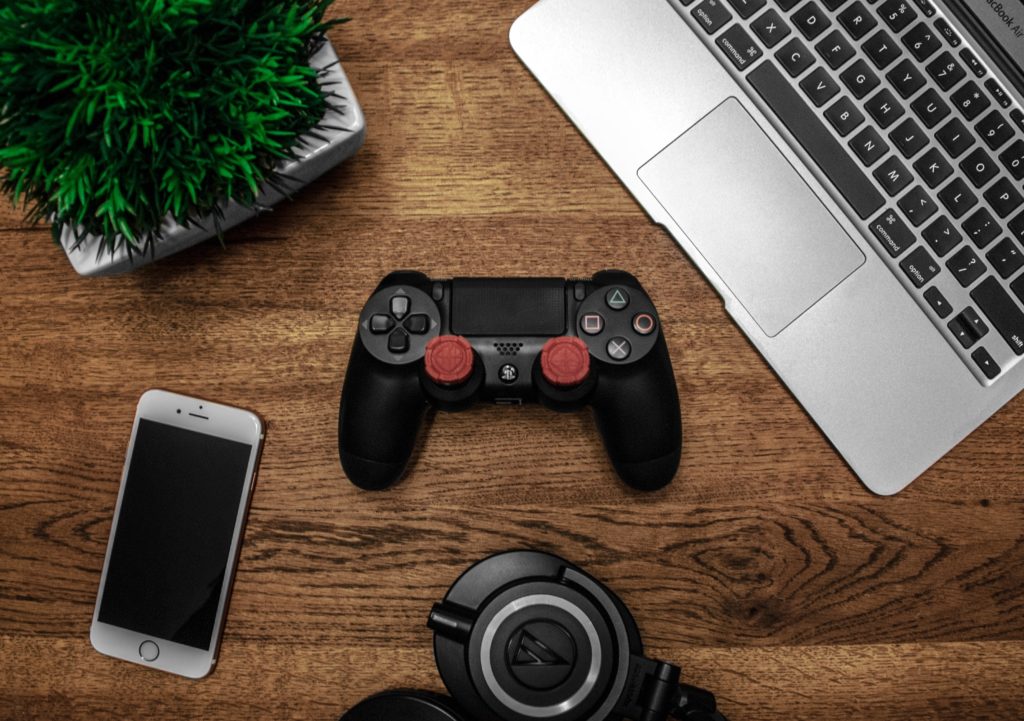Types of Graphic Design :: A guide
Graphic design is the art of communication, styling and problem solving using various design elements. The field is also known as visual communication or communication design. Graphic design is everywhere, from product packaging, websites and street signs to posters, logos and books.
Graphic designers use various design elements to achieve artistic or decorative effects. Common design elements include color, line, shape, space, texture, and value. Design principles are rules that a designer must follow in order to create an attractive and effective composition. The basic design principles are contrast, repetition, alignment and proximity (C.R.A.P.).
Graphic designers create all kinds of visual elements to communicate with the world. From posters and book covers to websites and apps, graphic designers make sure we see what we need to see and understand the message they want to convey.
Although we touched on the topic of graphic design and its types briefly in the previous post, in this one we will focus exclusively on the types of graphic design, that is, the types of designers that exist.
Categories of graphic design
Graphic design can be divided into four main categories: web design, print design, branding and advertising.
web design:
Web design encompasses all aspects of creating a website, from the initial planning stages to final coding and launch. A web designer must have a solid understanding of typography, color, and layout, as well as a working knowledge of HTML, CSS, and other web development technologies.
design of printed materials:
Print design encompasses all aspects of creating a printed work, from the initial planning stages to final printing and delivery. A print designer must have a solid understanding of typography, color and layout, as well as a working knowledge of Adobe Photoshop, InDesign and other software essential to the design of this type of material.
branding:
Branding is the use of a company name, logo and other visual elements to create a recognizable company identity. A good brand will help a business stand out from its competitors and build the trust of its customers. Graphic designers, as part of branding, are in charge of creating a visual identity.
advertising:
Advertising is the use of paid media to promote a product or service. An effective ad will grab the viewer’s attention and convey a clear message about the product or service. Designers create ads either in printed form, as motion graphics ads or digital ads on social networks.
The main difference between different types of graphic design is the medium and the reason for which the design is used. Web design is focused on the creation of websites, while print design is focused on the creation of printed materials. Branding is aimed at creating a recognizable company identity, while advertising is aimed at promoting a product or service.
Types of graphic design
As a graphic designer, the job is to communicate visually. Design is used to solve problems and send messages. To do this effectively, you need to understand the different types of graphic design.
1. Web design
Web design is the art of designing web pages. Websites are made in combination with programmers (development engineers). It includes planning and developing the visual and technical structure of the website, including interface and navigation. Web designers are also responsible for developing graphics and multimedia content to be used on web pages.
In other words, the goal of web design is to make the website look good, function well and be easy to use.
Web designers also need to think about how their design will translate to different devices and browsers, as well as what kind of user experience they want to offer – simple or complex.
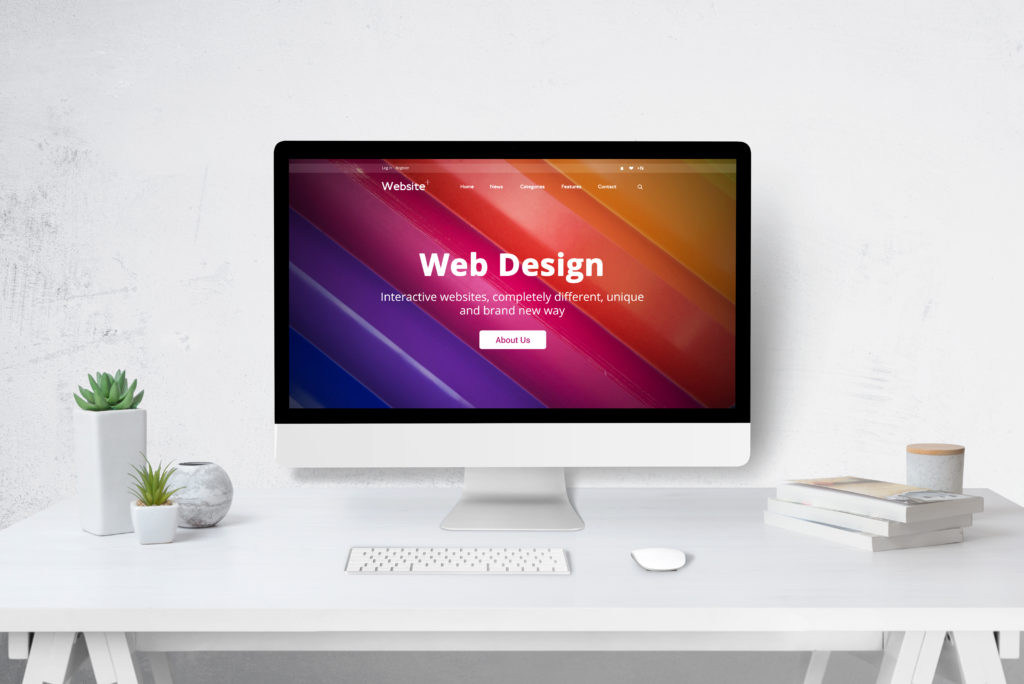
2. User interface design (UI design)
User interface design (UI for short) is a type of graphic design that focuses on the look and feel of a website or mobile application. User interface designers create interfaces (the way information is presented to users) that are intuitive, easy to use, and aesthetically pleasing. They work with developers who build the back-end functions of apps or websites. They are also often involved in the branding process involving websites or mobile applications.
User interface designers are responsible for developing the visual look and feel of a website, app, or other digital product, including navigation and interaction elements. They need to make sure these components work seamlessly together to create a smooth user experience that keeps customers engaged and ultimately returning. This can be done through various techniques such as designing icons, fonts and color palettes that make it easier for users to understand what they are looking at on the screen.
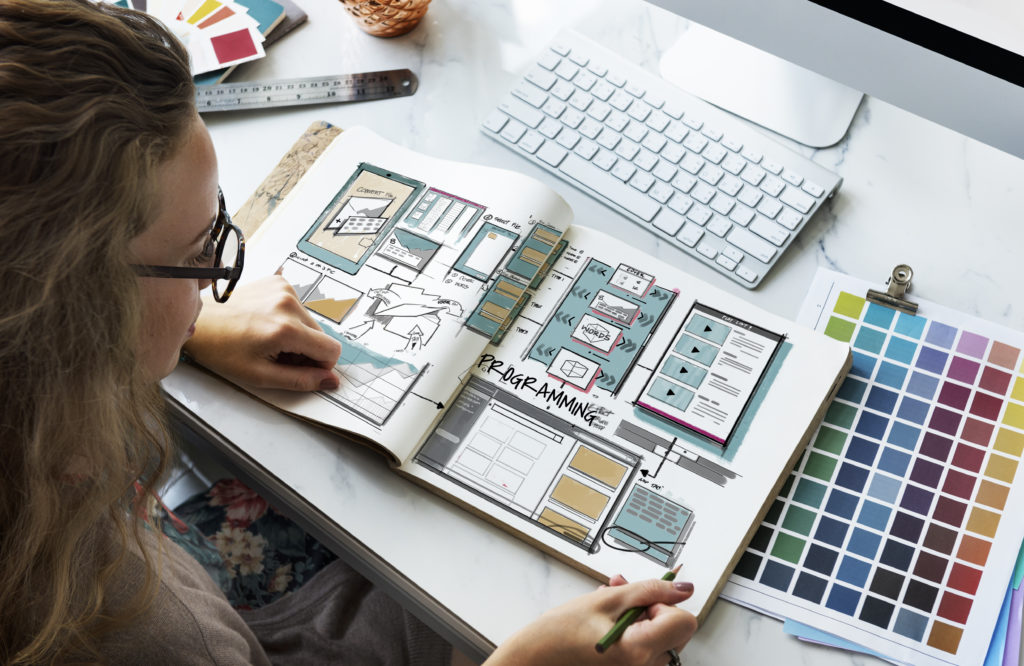
3. Advertising and marketing design
Advertising and marketing design is a broad category of graphic design that includes visual identity, digital design, print design, and more. This type of graphic design is used to promote a client’s products or services.
What is advertising and marketing design?
Advertising and marketing design is any form of visual communication that advertises a product or service for the purpose of promoting sales. This category includes print and digital ads, promotional materials of all kinds, social media posts, vehicle painting, etc. The goal of this type of graphic design is to get consumers interested enough in purchasing the advertised product or service so that they will buy it from you rather than someone else. When you see an ad on the side of a bus or in a local newspaper that catches your eye, you’ve experienced the power of advertising and marketing design.
4. Visual identity design
Visual identity design is the creation of a visual system that can be applied to different media and contexts. It’s about creating a consistent visual language that can be used across all marketing materials.
There are many different types of visual identity design, but some of the most common are logo design, brand design guidelines, and typography.
Logo design is probably the most well-known type of visual identity design. A logo is a graphic mark that represents a company or brand. It can be as simple as a symbol or icon, or it can be a more complex combination of colors, shapes and text.
Brand design guidelines are a set of rules that define how a brand should be used. They include things like what colors to use, how to use the logo and what kind of tone to use in communication.
Typography is the art and technique of selecting and arranging letters. It is an important part of visual identity design as it can help create a cohesive and unambiguous visual system.
Typography, font design and calligraphy
Typography, or the art of arranging letters to make written language readable, is a big part of graphic design. Typefaces are designs of a set of letters; each one has a unique look and feel that can help you get your idea across. For example, Helvetica is known for being clean and simple. These special characteristics can be used to create a mood within the design or to create a certain atmosphere.
You’ll often hear people talk about “good” typography, but what does that mean? Well-designed typefaces will have letters that are evenly spaced so that the viewer can easily read them without spaces between them (known as kerning). Good line spacing also helps create a layout that’s easy to read so viewers don’t get confused by what they’re looking at.
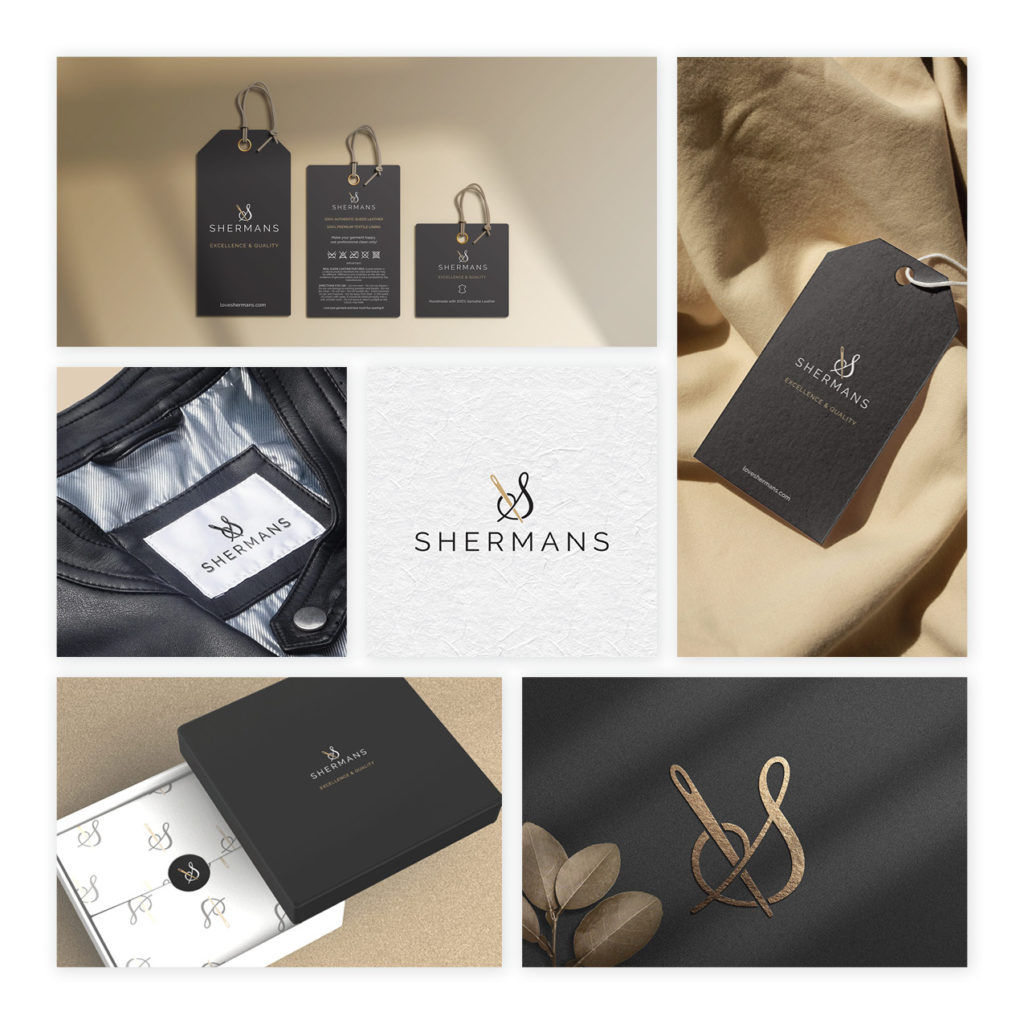
5. Packaging design
Packaging design is the process of creating packaging for a product. It involves creating the overall look of the package, including shape, color and graphics. Packaging design also includes selecting materials and determining how the packaging will be assembled. Packaging designers often work with industrial designers and managers to ensure that their designs align with the company’s overall branding strategy.
Generally speaking, packaging includes any object that contains another product (such as boxes, jars or cartons), but it can also refer to things like tags on clothing or even stickers on different products (labels).
There are many factors to consider when designing packaging. The first is its function. The packaging must protect the product and keep it fresh. It must also be easy to open and close. Another factor is the aesthetics of the packaging. The packaging should be visually appealing and reflect the brand it represents. The third factor is the price of the package. The packaging must be affordable for production and must meet the customer’s needs.
Packaging design is a complex process, but it is crucial to the success of the product. With the right design, a product can stand out on the shelves and attract customers.

6. Motion graphics design/Animation
Motion graphics and animation are two types of graphic design. Both are used to create attractive and dynamic visuals. They are used in a number of different contexts, from film and television to websites and apps.
Motion graphics design includes things like animated logos, video titles and transitions. Animation is used to create moving graphics in video games, TV shows, and movies.
Motion graphics are still images with moving elements, while animation is a sequence of linked images that appear to move when played as a sequence. Both types of graphic design can be used to create logos, mobile advertising videos or other forms of online media.
Motion graphics are used in many different industries. For example, motion graphics are commonly used by advertising companies because they can incorporate their brand into the advertisement by creating an animated logo or some other form of motion graphics. It can also be used on websites or apps to explain how something works or what you’ll see when you use it.
Animation is commonly used for video games, television shows, and movies, but it can also be used for other purposes such as explaining how something works or showing what something looks like while being built.
This type of graphic design is based on creating moving images. You need to be able to create something that is visually interesting and grabs the viewer’s attention. It can be anything from simple animation to more complex video production.
7. Publication design
Publication design is a type of graphic design that focuses on print media. It is usually very focused on the look and feel of the publication, as well as the user experience.
Publication design includes the layout, design and layout of books, newspapers, magazines, brochures and other printed materials. In this type of graphic design, you work with text to create an effective layout for your readers.
A publication designer may be responsible for:
- designing the layout of the publication pages
- choosing typefaces to use in text and headings, designing logos and designing other images that will appear in the layout
- creating the cover design
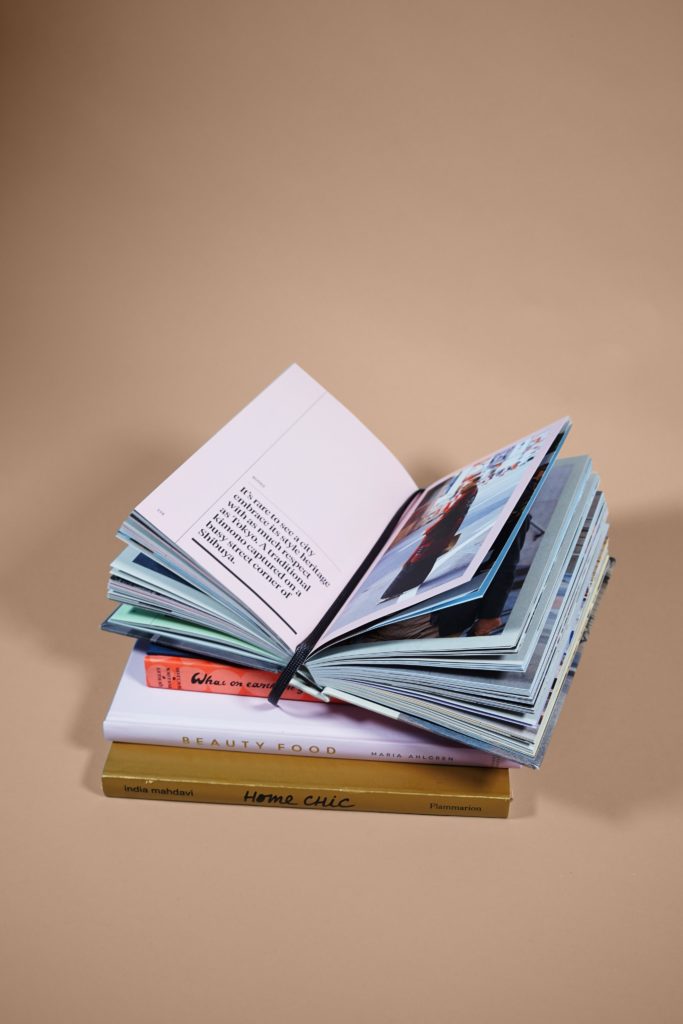
8. Environmental graphic design
Environmental graphic design is the process of designing and creating visual communication that helps create or enhance an environment. It can be an indoor space (like a restaurant), an outdoor space (like a store sign) or even a virtual environment (like a website).
Graphic environment designers are responsible for creating visual elements that will help users navigate through the various components of their environment. They can design posters or signs for customers to read, or even create floor plans for them to follow. Environmental graphic designers often work with other professionals on projects — such as architects, engineers and interior designers.
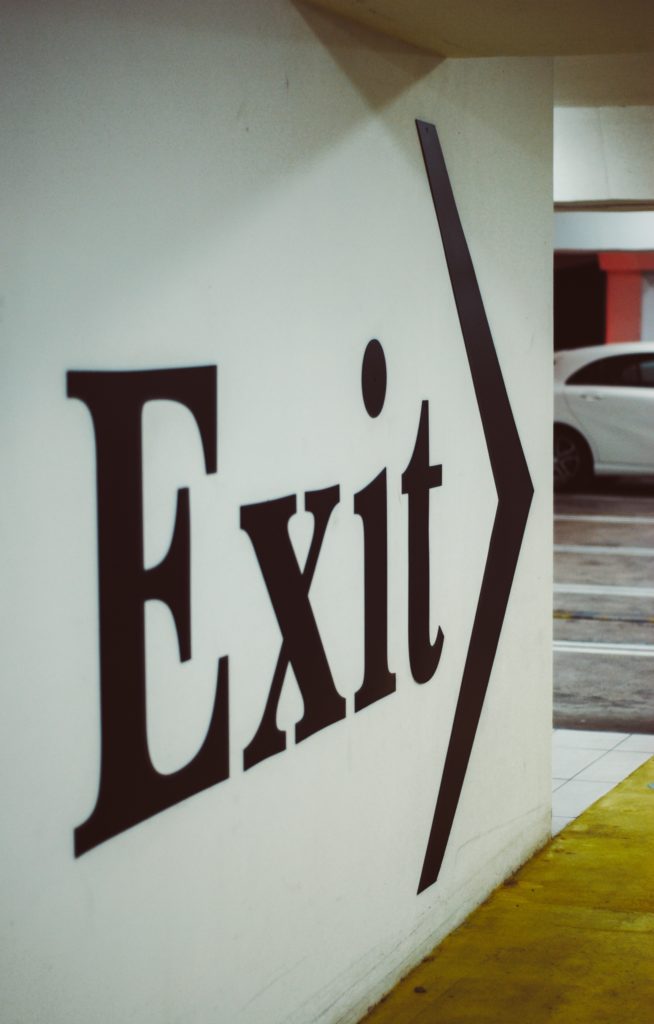
9. Illustrations
An illustration is a visual image of something. It can be in the form of a drawing, picture or computer generated image. An illustration is very similar to a photograph, but with some differences: it doesn’t have to be an exact replica of what it represents and can involve more creativity.
Illustrations are common in graphic design because they can add an extra touch or emphasize an idea or message. For example, when designing a poster for an event, using an illustration will help the poster stand out from all the other posters on display at the event.
Illustrations are pictures that are created to be expressive, imaginative or humorous. They can be used to create an interesting story or to explain a concept in a creative way. They can also help tell the story of a brand, product or service. They are used as decoration for websites or posts on social networks.
Illustrations are usually hand-drawn, but can also be digital creations made using software such as Adobe Illustrator or Photoshop.
They were created to help others visualize something. They can be used in many different ways, including:
- Present an idea or concept
- To illustrate the story
- Convey the idea more clearly than the text itself
Illustrations are often used to convey ideas or concepts that are difficult to express in words. For example, an illustration can be used on a book cover to convey its theme or plot.
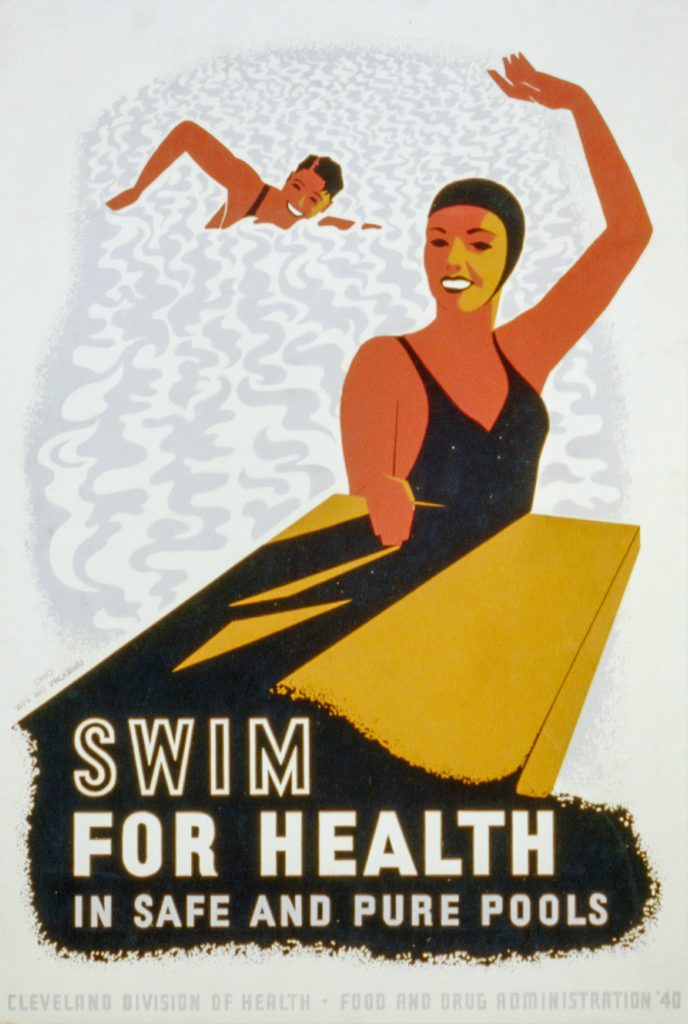
CONCLUSION
The goal of graphic design is to visually convey a message in the most effective way possible. Graphic designers use typography, color, layout, and imagery to produce visuals that clearly convey their message.
Graphic design can be used for almost any industry including: advertising, corporate identity design, web design, packaging design, design of print materials such as brochures and business cards, environmental graphics such as signs/jumbo posters/placards etc.
We hope this article has given you a better idea of what types of graphic design there are and how they can be used for different purposes. As you can see, there are many different types and styles of graphic design that have evolved over time, each with their own unique characteristics and uses.
No matter what type of graphic design you’re interested in, there are endless opportunities for creativity and self-expression.
For more articles on graphic design and marketing, visit our blog.
If you need any of the design services, feel free to contact us via email or contact form.
Thank you for reading!




